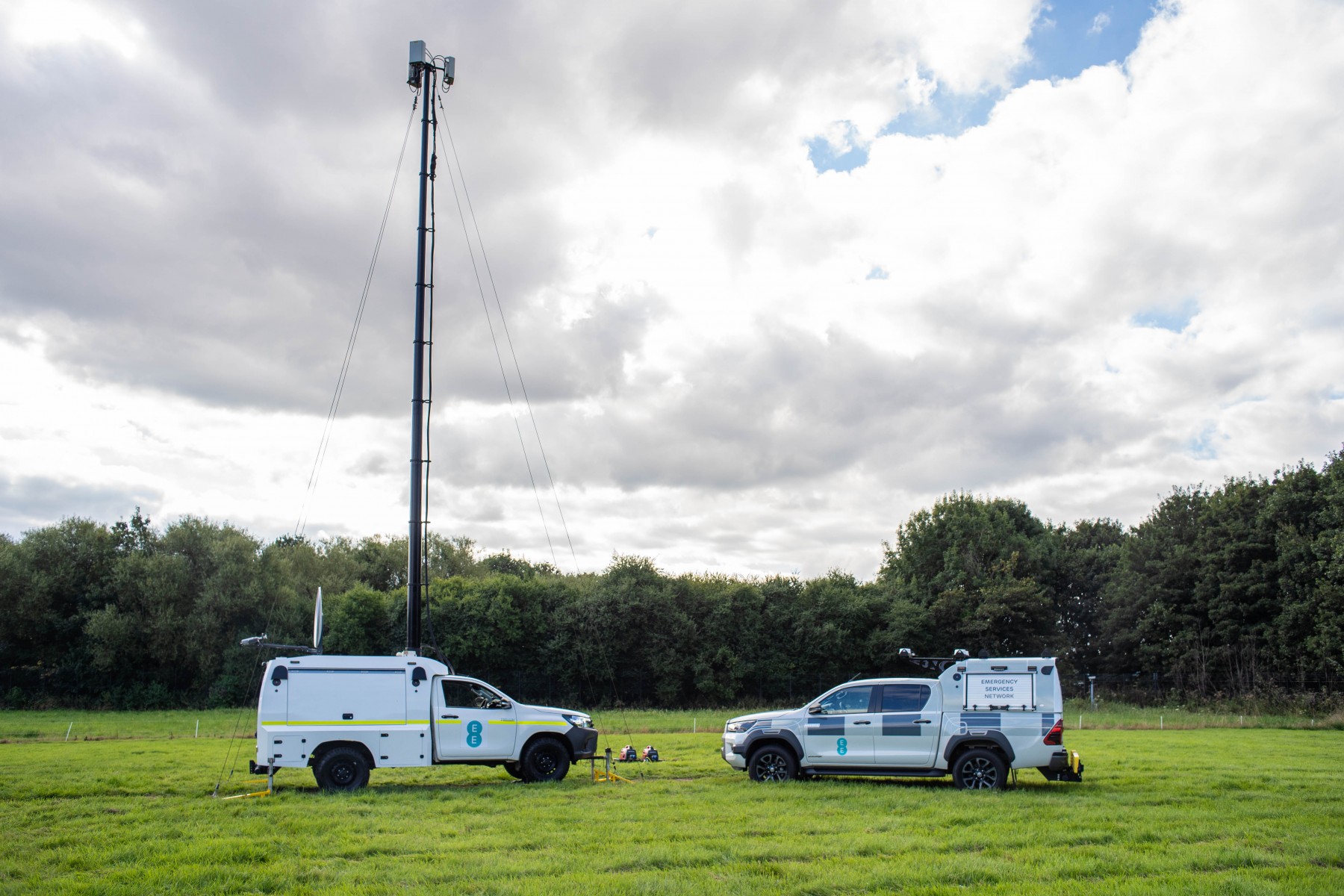How we’re bringing connectivity to more of Britain for our emergency services
By Richard Harrap, MD Emergency Services Network at BT
Emergency service personnel are rightly regarded as national heroes and they play a vital role in our country, responding to critical incidents and helping to keep us safe.
To support this crucial work, our police, fire and rescue, ambulance services and other first responders, need ultra-reliable connectivity to provide secure and mission-critical communications that they can also trust to keep them safe too. Whether it’s ambulances sending vital patient data to hospitals so staff can prepare for a patient’s arrival; police officers controlling a volatile crowd calling for urgent back-up; or fire and rescue crews assessing burning buildings, based on digital blueprints on tablets and live helicopter camera footage; all these scenarios depend on a network that’s fast, safe, and reliable.
It’s a major reason why, as the UK’s biggest 4G network, EE was entrusted by the Home Office to build the new critical Emergency Services Network (ESN). We continue to make our network bigger and increase its performance and reliability.
So far, we’ve:
- Completed upgrades to all our EE network estate to be ESN-capable. This includes over 19,500 masts across England, Scotland, and Wales, including many thousands of sites that provide unique road coverage for ESN.
- Installed coverage on challenging road and rail tunnels and stations for more than 71 upgrade and development schemes, including operational areas specifically required for the emergency services, such as the Glasgow SPT Subway and Nexus Metro, major road tunnels across Wales and the South of England like the Severn Tunnel, and high-speed rail routes including HS1 tunnels.
- Delivered ESN connectivity across more than 540,000km of roads.
- Delivered upgrades and system improvements to ensure high availability service levels are met.
- Built over 650 brand new 4G sites: also delivering vital broadband connectivity to many communities for the very first time.
- Established our fleet of Rapid Response Vehicles, including trailer-based versions, known as cells-on-wheels, to provide emergency and temporary coverage within hours. Indeed, they have been used to support many incidents such as fires and floods.
In addition to these key milestones, a full suite of ESN-certified Coverage-as-a-Service solutions are now available from EE to support the Home Office and ESN users to expand and enhance coverage into their critical areas such as operational headquarters, training centres and strategic buildings. This also includes supporting them through surveys and site assessments right through to design, build and operation.
As an added benefit to the public, the network we’re building enables us to offer neutral host solutions where required, or, in other words, opening up the connectivity for any major mobile network operator. This includes locations such as rail stations and public buildings, and these services are also available to potential customers such as property developers and landowners who need to ensure there is ESN coverage in their facilities.
I’m proud of the work our teams have achieved on delivering coverage for ESN. It’s a vital project that will transform our emergency services for the better and giving them cutting-edge communication technology to respond quickly to incidents, even in the most rural and remote areas and help to improve public safety.
But, as pleased as I am with our progress, it’s important to stress that our work continues to keep delivering more resilient coverage for, and in partnership with, our emergency services.
For more information about ESN visit EE 4G & ESN | Emergency Services Network | EE Business






